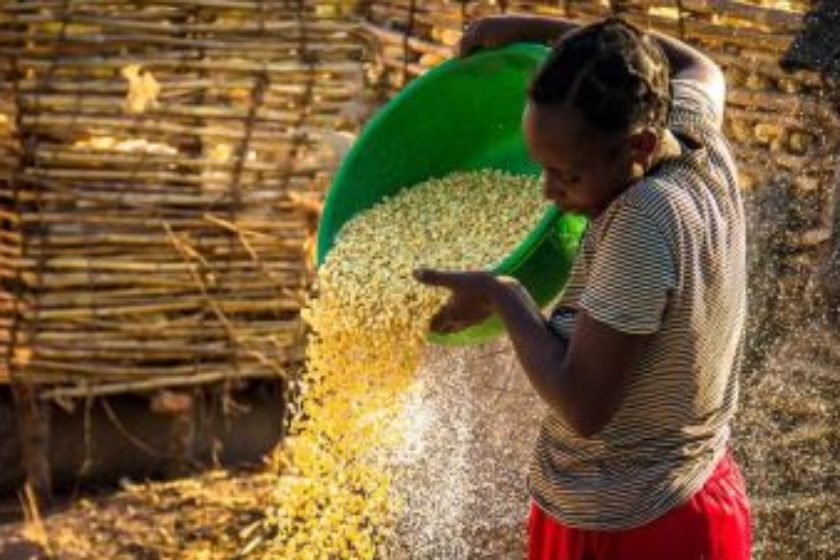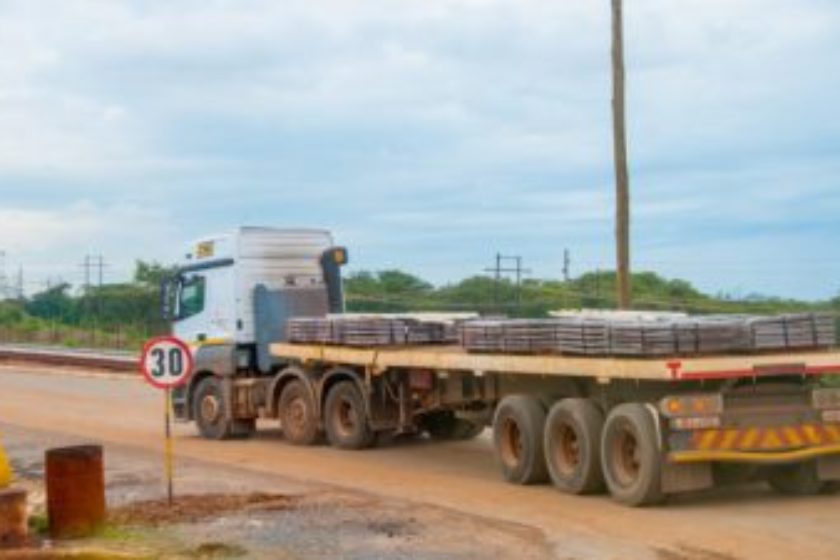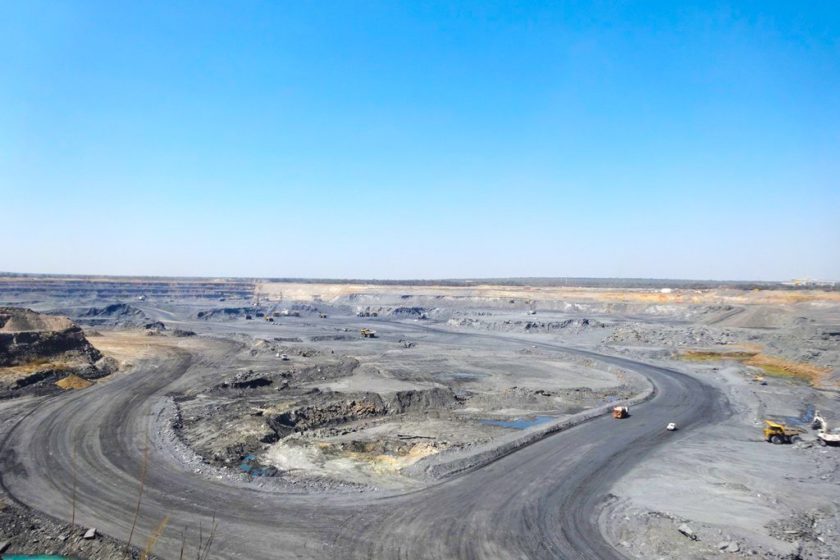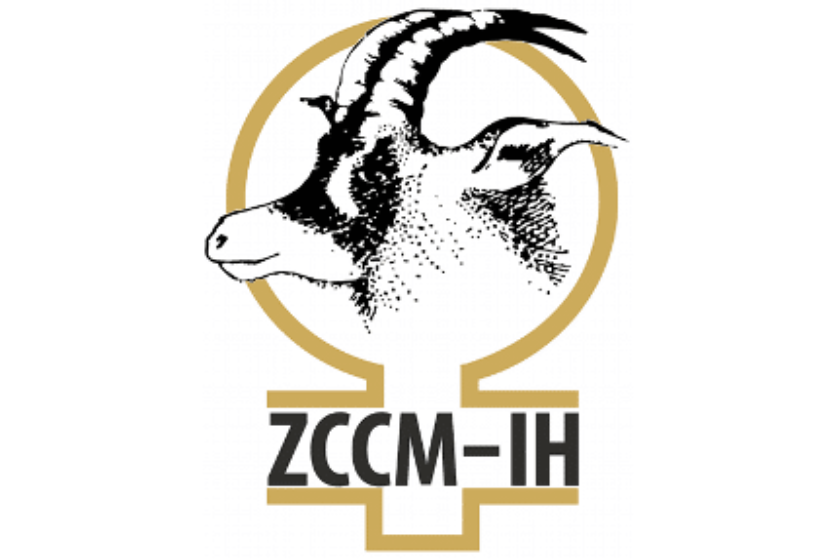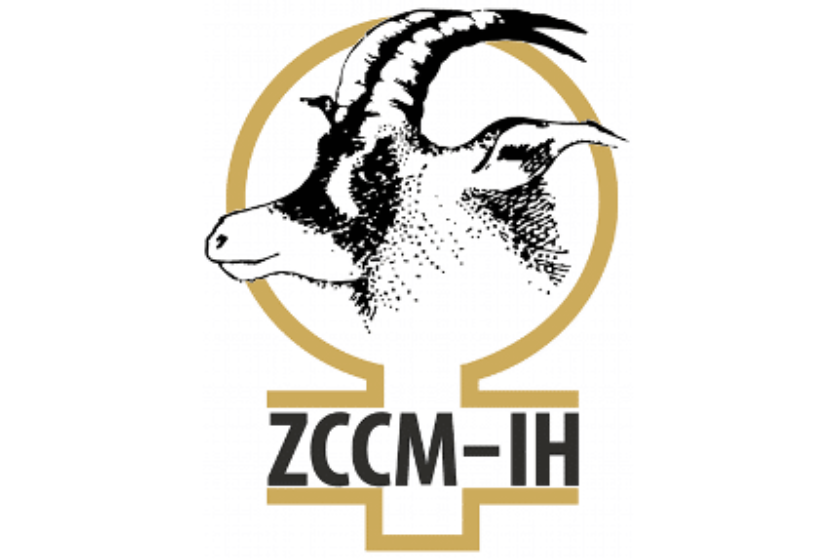Kansanshi Mining Plc has flagged off the 2019/2020 farming season by releasing farming inputs to more than 7,400 farmers in Solwezi and the surrounding areas in North-Western Province.
Solwezi District Commissioner Rosemary Kamalonga, who flagged off the 2019/2020 farming season, said government recognized the importance that Kansanshi Mining Plc attached to uplifting people’s living standards.
She said it was relieving to note that Kansanshi Mining Plc, which had trained more than 36,000 farmers under its Conservation Farming Programme, had continued to distribute farming inputs to farmers supported by the mine’s Corporate Social Responsibility (CSR) wing.
“Government is happy with its current partnership with Kansanshi Mining Plc in the crusade to improve food security through concerted efforts to ensure that agriculture assumes its rightful position as an alternative to mining and that Solwezi alone can be a food basket for Zambia,” Kamalonga said.
She added that the government equally recognized the mining company’s efforts to meet various community needs and extend social services to the people.
Kamalonga expressed government’s gratitude to what Kansanshi Mining Plc had done to empower residents in Solwezi and surrounding areas.
Kansanshi Foundation Supervisor Maximillian Katanga explained that 12,600 bags each of D Compound, Urea and seed respectively were ready for distribution to local farmers.
“Farmers pay K425 towards the inputs comprising a 50Kg bag of Urea, a 50Kg bag of D Compound and 10Kg bag maize seed to which Kansanshi adds the balance for each farmer so that they can manage to complete one lima of crops. 300 tonnes of lime has also been distributed to farmers, free of charge, with a view to boosting their yields,” explained Katanga.
Solwezi District Agriculture Coordinating Officer (DACO) Muyobo Shimabale also expressed gratitude for being part of the programme and thanked Kansanshi Mining Plc for supplementing what the Ministry of Agriculture was doing.
“I wish to encourage farmers to continue practicing conversation farming as it is in tune with climate change. When conversation farming is practiced, even in low rainfall periods, farmers are able to get the best results,” Shimabale said.
One of the beneficiaries of the farming inputs, Victoria Musumali, who produced 48 bags of maize from one lima during the 2018/2019 farming season, thanked Kansanshi Mine for the input support because she was able to feed her family and sell surplus maize to the Food Reserve Agency (FRA) and pay for her children’s school fees, among other needs for the family.
Kansanshi Mine provides training in farming’s best practice to farmers, farming input loans and close monitoring of the farmers’ activities to ensure maximum returns from their farming projects.
The model applied in the farming practices strictly observed sustainable permaculture rotation of maize, soya and groundnuts with minimum tillage, the use of mulch and early planting.

